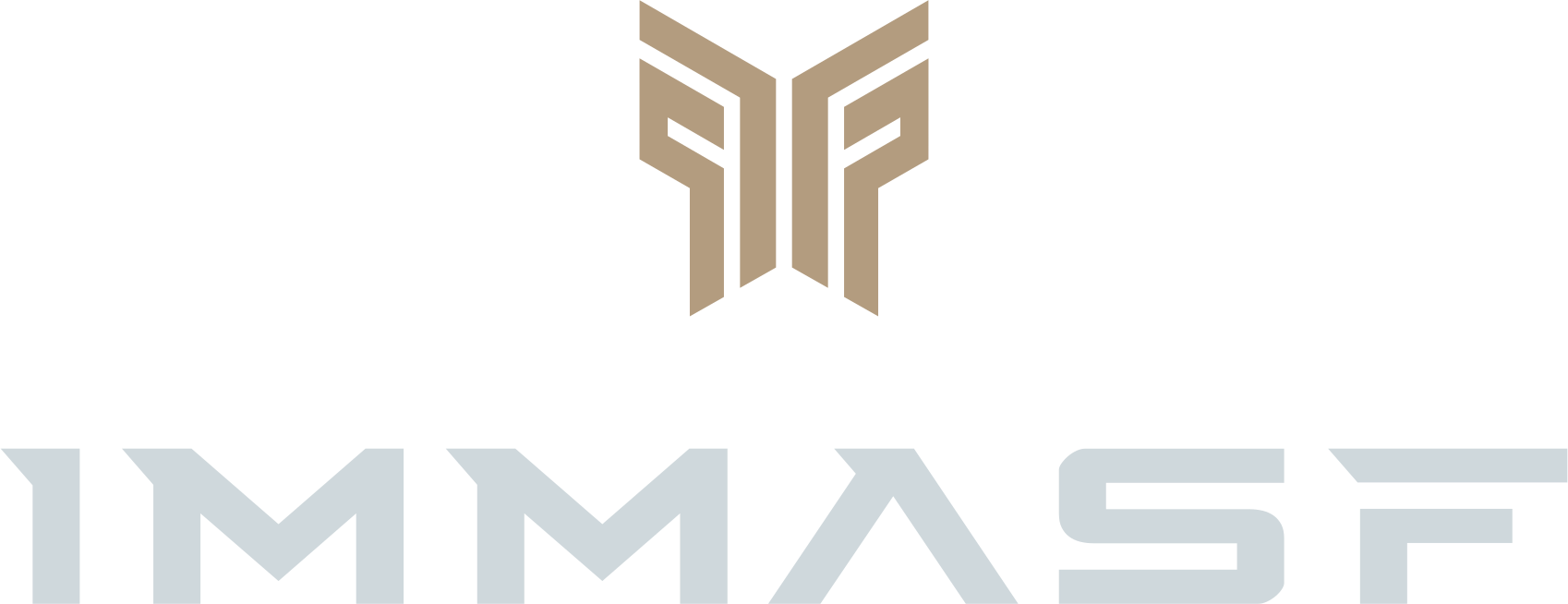The transition from amateur to professional MMA involves a structured pathway that provides fighters with the skills, experience, and exposure needed to compete at increasingly higher levels. Each stage focuses on development, safety, and the opportunity to succeed in the sport.
a. Purpose of Amateur MMA
•Skill Development: Offers a platform to learn and refine techniques.
•Competition Experience: Allows fighters to gain valuable in-cage experience.
•Safety and Growth: Provides a controlled environment with rules designed to prioritize safety.
b. Stages in Amateur MMA
1.Grassroots Programs:
•Local gym training and small-scale competitions.
•Emphasis on foundational skills like striking, grappling, and fitness.
2.Regional Tournaments:
•Competitions organized by local or national federations.
•Fighters begin to build records and gain recognition.
3.National Championships:
•Opportunity to compete against top talent in their country.
•Often a gateway to international competitions.
4.International Competitions:
•Events like world championships or continental tournaments.
•Exposure to diverse fighting styles and high-level opponents.
c. Rules and Features in Amateur MMA
•Protective Gear: Mandatory use of shin guards, headgear, and gloves.
•Shorter Rounds: Typically 3 rounds of 3 minutes.
•Focused on Learning: Fewer risks, with safety as a priority.
a. Requirements to Turn Pro
•A strong amateur record with consistent performance.
•Approval from coaches, commissions, or federations.
•A medical clearance and adherence to licensing requirements.
b. Stages in Professional MMA
1.Debut:
•First professional fight, often in smaller promotions.
•Fighters earn purses and begin building a professional record.
2.Climbing the Ranks:
•Competing in regional and national-level promotions.
•Securing sponsorships and building a personal brand.
3.Signing with Major Promotions:
•Joining globally recognized organizations with high competition levels.
•Opportunities for larger purses, exposure, and career growth.
4.Title Contention:
•Competing for championships in major promotions.
•Building legacy and achieving peak recognition.
c. Rules and Features in Professional MMA
•No Protective Gear: Fighters rely solely on their skills and strategies.
•Longer Rounds: Typically 3 rounds of 5 minutes, or 5 rounds for title fights.
•Increased Stakes: Greater risk and reward, with stricter anti-doping and licensing standards.
Aspect Amateur MMA Professional MMA
Objective Skill development, experience Career building, earning income
Rules More safety-focused Standard MMA rules
Gear Protective equipment mandatory No protective equipment
Rounds 3 x 3 minutes 3-5 x 5 minutes
Compensation Unpaid Paid
a. Training Programs
•Access to specialized coaches and sparring partners.
•Focus on mental and physical conditioning.
b. Regulatory Bodies
•Amateur federations provide governance and safety standards.
•Professional commissions oversee licensing, contracts, and anti-doping.
c. Resources for Fighters
•Amateur: Workshops, tournaments, and grassroots funding.
•Professional: Sponsorships, endorsements, and career management.
•Timing: Fighters turn pro when they consistently dominate in amateur competitions.
•Preparation: Increasing focus on physical endurance, advanced strategies, and mental toughness.
•Guidance: Coaches and managers help navigate contracts, promotions, and branding.
•Development Programs: Facilitate amateur tournaments and pro transition training.
•Certifications: Validate skills and readiness for each level.
•Networking: Connect fighters with promotions, sponsors, and training facilities.
Both pathways are essential for nurturing MMA talent and ensuring fighters achieve their full potential in a structured and safe environment.
